How To Dehydrate Watermelon
Today, I’m showing you how to dehydrate watermelon. It’s so easy and healthy, without any chemicals and preservatives. You can prepare this fruit for longer-term storage and as a healthy treat. If you have a bumper crop of sweet-flavored watermelon or have a market close by with some great deals, this is one way to make some easy snacks to eat every day or take hiking and camping without breaking the bank.
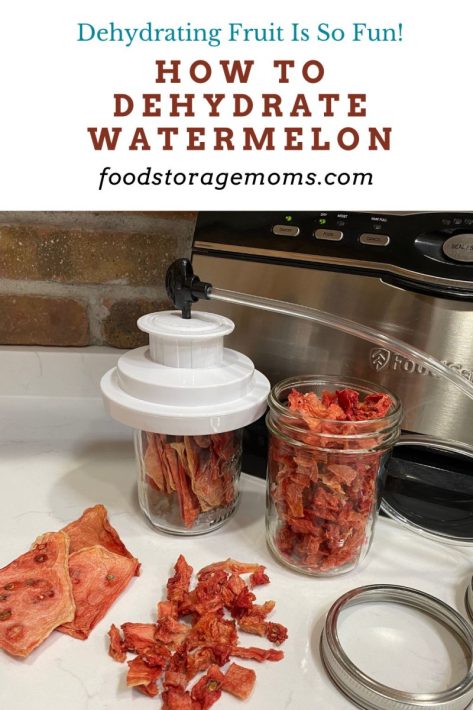
Do you sometimes look in the refrigerator and say, “I’m not going to be able to eat all that ripe watermelon.” I updated this post today with better images and more information. This post was originally written back in 2014 and I really wanted to share this one with you again. I love dehydrated watermelon!
Have your food dehydrator handy and cut the watermelon into bite-size pieces on a cutting board using a sharp knife and then start drying them. If the watermelon is sweet, the dehydrated watermelon pieces will taste sweet too, it’ll just have a different texture. Remember, you can dehydrate in your oven or on screens in the sun if you don’t have a regular dehydrator. My message today is directed to those who have a dehydrator. Are any of you planting watermelon seeds this year?
This particular watermelon was seedless (you can barely see the small white seeds in the picture below). If you dehydrate a regular watermelon with black seeds you’ll want to remove the seeds before dehydrating. I’ll only dehydrate a seedless watermelon, I am not removing any seeds. LOL!
How To Dehydrate Watermelon
Step One: Cut the ends off
Wash the outside of the watermelon. Cut the melon and remove the watermelon rind. I use a serrated knife to slice through the thick rind. I cut the ends off to make it easier for me to remove the rind. This is a “seedless” watermelon, but they always seem to have a few seeds.
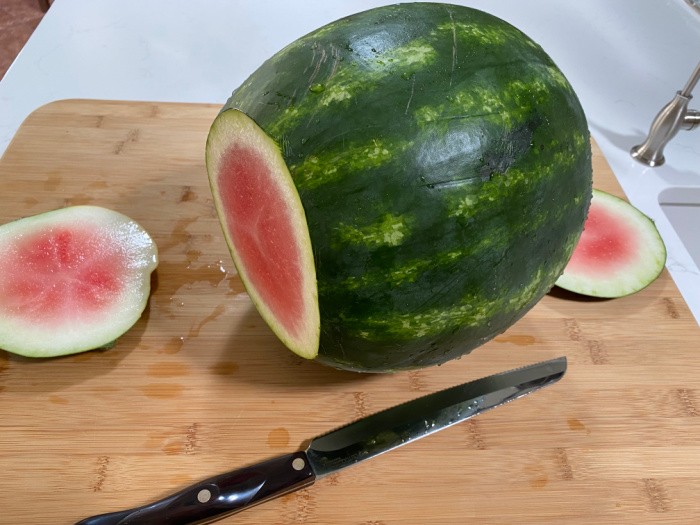
Step Two: Cut the entire rind off
After I cut the ends of the watermelon off, it made the watermelon more stable for me to slice through. I started out with my Cutco bread knife and had to switch to another bread knife with a serrated edge.
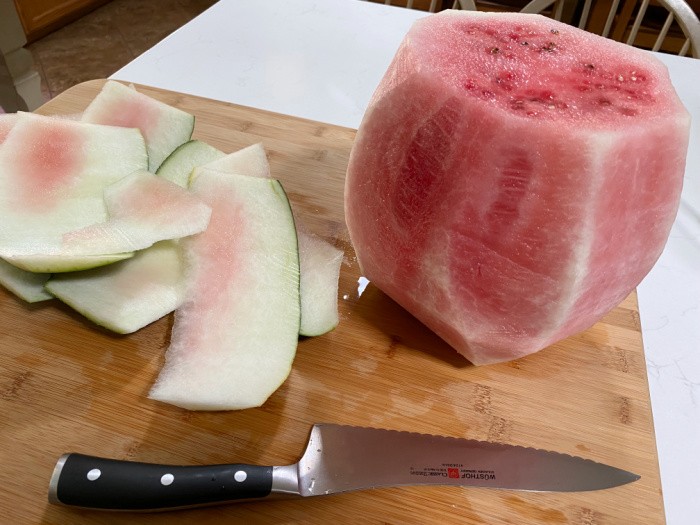
Step Three: Cut the watermelon in half
The next step is to cut the melon in half.
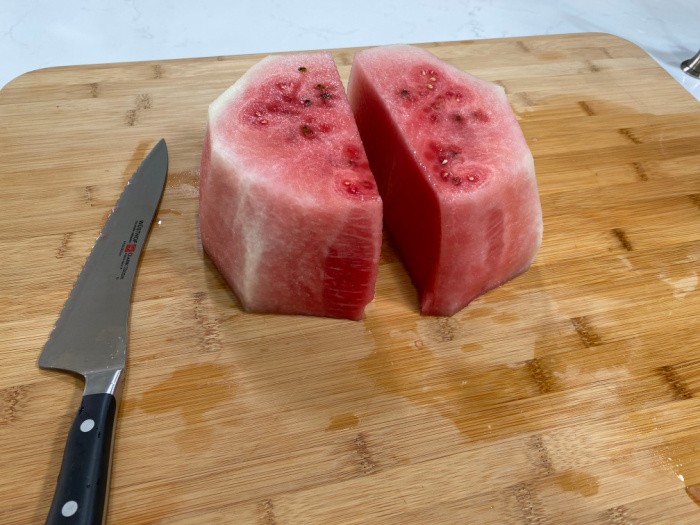
Step Four: Cut the watermelon sections into wedges, or cubes from the flesh of the watermelon
Then slice the sections into 1/2-inch slices. I’m making watermelon wedges here to dehydrate.
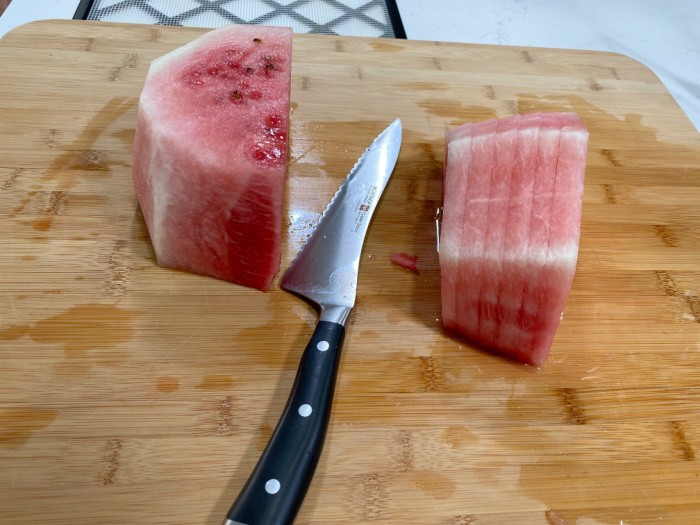
Step Five: Cut wedges smaller so they will dehydrate faster
Then slice it in half again to make the watermelon slices easier to dehydrate.
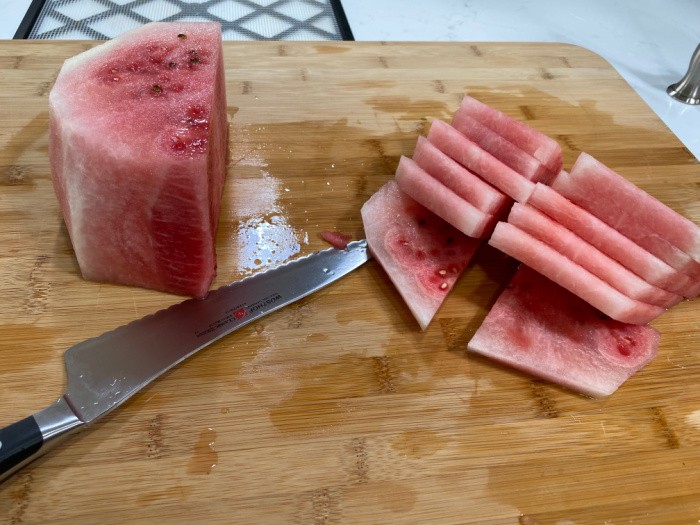
Step Six: Place the wedges or cubes on your dehydrator trays or racks
Then place the wedges evenly on the dehydrating trays or racks using only a single layer.
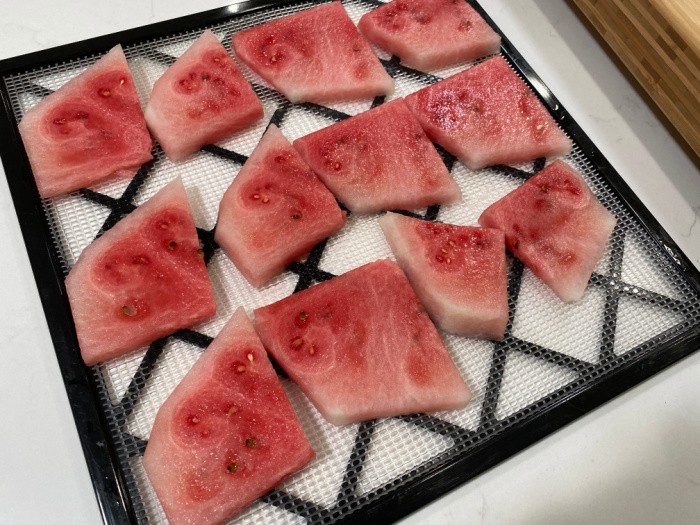
Step Seven: We cut cubes as well to dehydrate
Of course, we all want to dehydrate watermelon into one-inch squares too because they are easy to take backpacking or for everyday snacks. Again, place the cubes in a single layer so they dehydrate evenly.
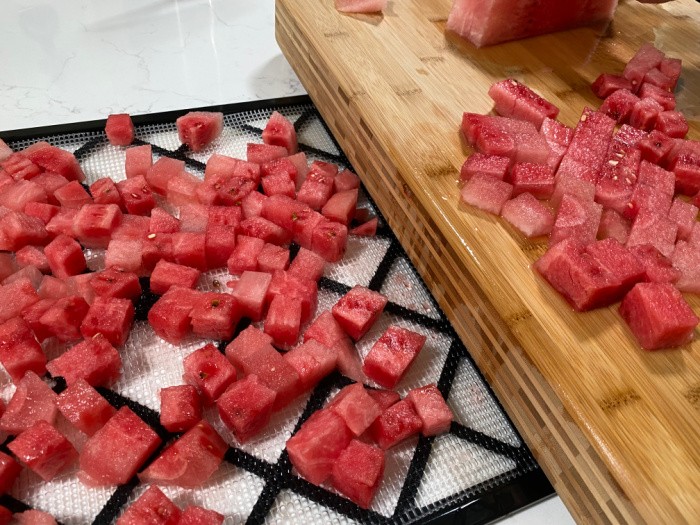
Step Eight: Place the racks in your dehydrator
Place the racks in your dehydrator to start the drying. I have an Excalibur Dehydrator that states 135 degrees is the temperature for my unit when working with this kind of food product. Please check your brand to see what temperature they suggest. The time will always depend on the humidity in the room where you are dehydrating your fruit and the temperature setting. Today this batch of watermelon took about 9 hours. No chemicals or preservatives.
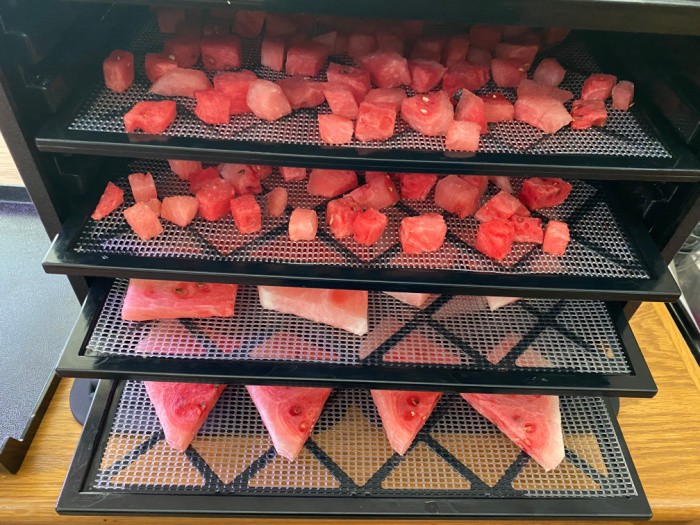
Finished Product: Cubes
These took about 9 hours today.
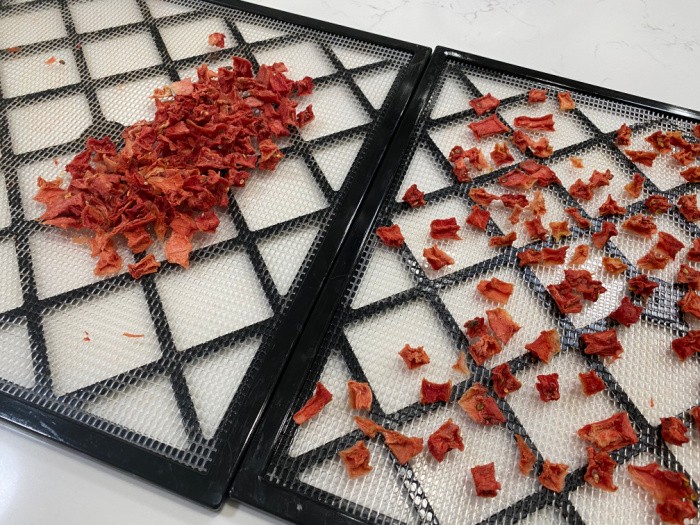
Finished Product: Wedges
These wedges took about 9 hours as well. I dried them at the same time as the cubes, just on different racks.
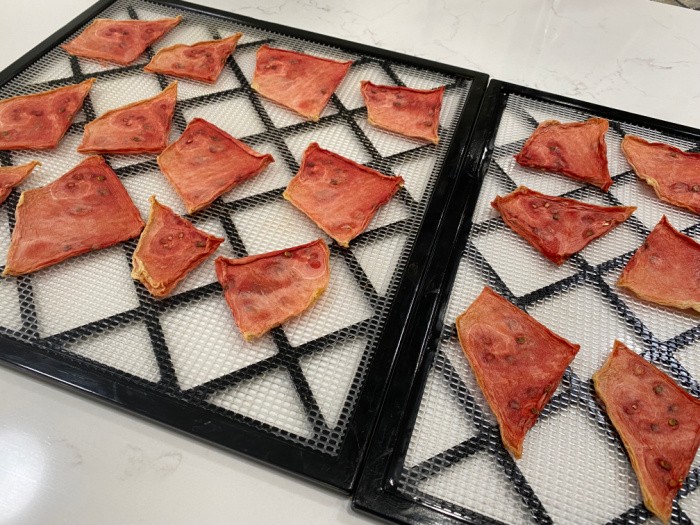
What is conditioning after dehydrating (also see below)?
This is how I “condition” them. I know they are dehydrated as directed, but I want to make sure every single section is totally dry. Yes, they will be pliable and somewhat sticky. They are perfect. I let them sit out for at least 7-10 days to complete the conditioning stage.
Conditioning Watermelon Chunks
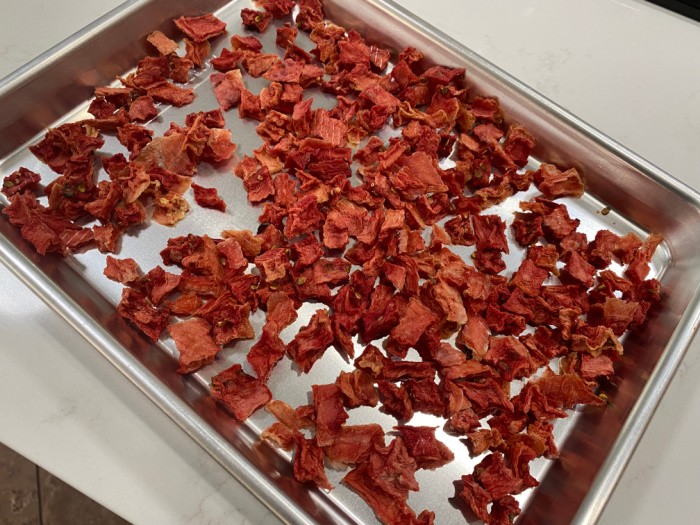
Conditioning Watermelon Wedges
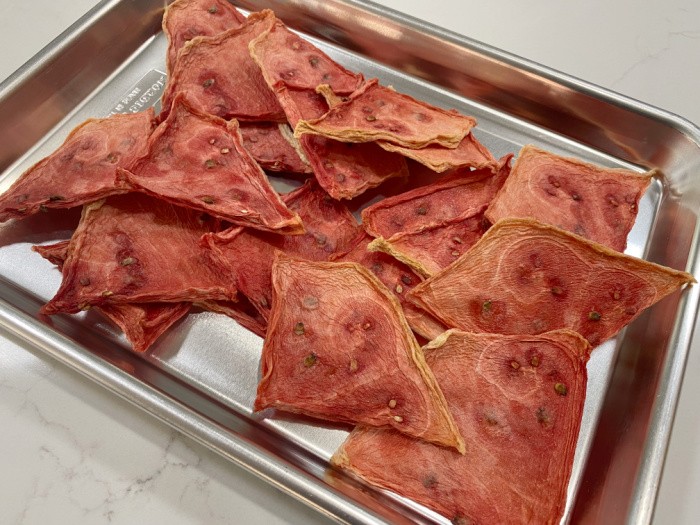
Can I dehydrate watermelon in my oven?
Yes, you can. Set your oven to the lowest possible setting. Leave the door open slightly with a piece of foil wadded up into a ball. You need air to circulate around the food you are drying. You will need to watch the food closely because it is a little more tricky for the dehydrating time. Place your food on a nonstick tray or cookie sheet with parchment paper for easy cleanup after the dryer/dehydrating process.
What are the health benefits of watermelon?
Watermelon is a healthy low-calorie snack packed with antioxidants, essential nutrients, vitamins, and minerals. It’s a great fruit for hydrating your body. Of course, if you eat it after it’s dehydrated the watermelon juices have been dried away, so keep that in mind.
How do I store the finished product?
How To Condition Your Fruit or Vegetables
If you live where it is HUMID: “To condition the fruit, take the dried fruit that has cooled and pack it loosely in plastic or glass jars. Seal the containers by covering the jar with the lid hand-tightened and letting them stand for 7 to 10 days. The excess moisture in some pieces will be absorbed by the more dry pieces. Shake the jars daily to separate the pieces and check the moisture condensation.” https://nchfp.uga.edu/how/dry/pack_store.html
I used to live in the DRY DESERT: I set my fruit and vegetables on my countertop for 5-7 days. Ten days are even better to make sure everything is dry before using your FoodSaver unit.
My favorite containers to store these in, are wide-mouth quart mason jars. I remove the air with my FoodSaver® Jar Sealer to create the vacuum seal for the airtight container I need. This FoodSaver® Jar Sealer is built into my unit. This one is also workable for other units, at least the hose is designed for flexible use. FoodSaver® Jar Sealer The unit must have an accessory hose opening. Please note that I don’t use oxygen absorbers; it’s a personal thing. I only dehydrate what we’ll eat within one year.
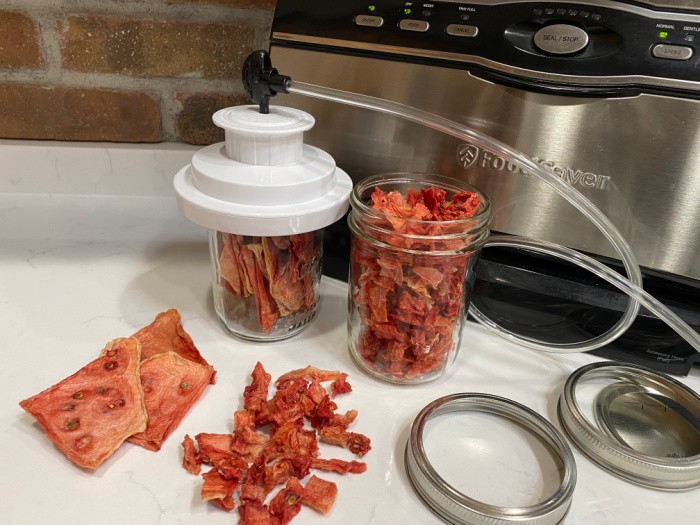
How To Dehydrate Watermelon
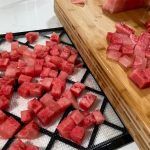
- 1 watermelon washed, and rind removed (cut in one-inch cubes or 1/2-inch thick wedges)
-
Wash the outside of the watermelon. Cut the watermelon and remove the rind. I use a serrated knife to slice through the thick rind. I cut the ends off to make it easier for me to remove the rind.
-
I started out with my Cutco bread knife and had to switch to another bread knife with a serrated edge.
-
The next step is to cut the melon in half.
-
Then slice the sections into 1/2-inch slices. I’m making watermelon wedges here to dehydrate.
-
Then slice it in half again to make the watermelon slices easier to dehydrate.
-
Then place the wedges evenly on the dehydrating racks. Place the watermelon pieces (slices, wedges, or cubes) on the dehydrator racks spacing them so they do not touch each other. This way they will dry more evenly.
-
I used an Excalibur Dehydrator and my manual says to set the temperature to (135°F) = (57°C) degrees. Be sure and look at your own dehydrator to see the correct temperature for your dehydrator.
-
The time to dehydrate will always depend on the humidity of the room you are using to dry the product. Today this batch of watermelon took about 9 hours. No chemicals or preservatives.
-
This is when I “condition” them. I know they are dehydrated but I want to make sure every single section is totally dry. Yes, they will be pliable and somewhat sticky. They are perfect. I let them sit out for at least 7-10 days to complete the conditioning stage.
When I purchase a watermelon, how can I pick out a ripe one from all those at the store?
Mark is my watermelon guy. He uses his knuckles to tap on the outside of the melon. If it sounds hollow, that’s the one he purchases. I just completed a post where I outline other approaches to determine ripeness and how sweet it should be, check it out.
Final Word
Preserving fruits and vegetables brings me so much joy. I have my dehydrator sitting out on the kitchen counter so I can load it every day if I have some excess fruit or vegetables. When you dehydrate watermelon your house smells so good from the sweetness of the melon. Of course, the finished product is super yummy! Please let me know what you are dehydrating this season, I’d love to hear from you. May God Bless this world, Linda
Here are the other Dehydrating Posts I have done:
- Dehydrating Apples
- Dehydrating Bananas
- Dehydrating Blackberries and Powder
- Dehydrating Blueberries and Powder
- Dehydrating Cilantro
- Dehydrating Cucumbers and Powder
- Dehydrating Ginger and Powder
- Dehydrating Green Onions and Powder
- Dehydrating Kale and Kale Powder
- Dehydrating Kiwi
- Dehydrating Lemons and Powder
- Dehydrating Marshmallows
- Dehydrating Peppermint Marshmallows and Powder
- Dehydrating Mushrooms and Mushroom Powder
- Dehydrating Onions and Powder
- Dehydrating Pears
- Dehydrating Pineapple
- Dehydrating Raspberries and Powder
- Dehydrating Spinach and Powder
- Dehydrating Strawberries
- Dehydrating Tomatoes and Powder
- Dehydrating Watermelon


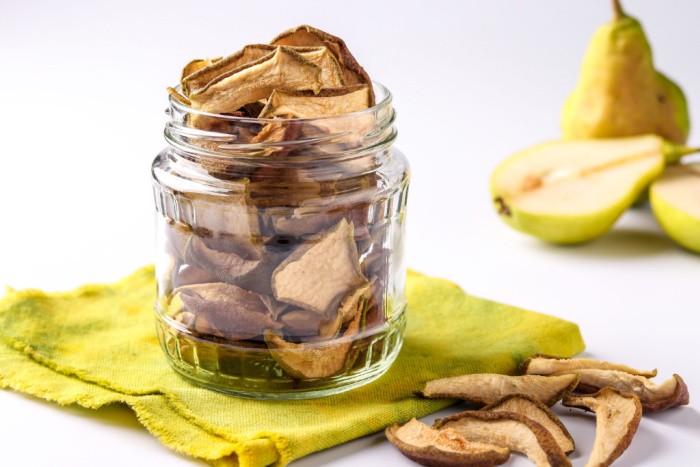
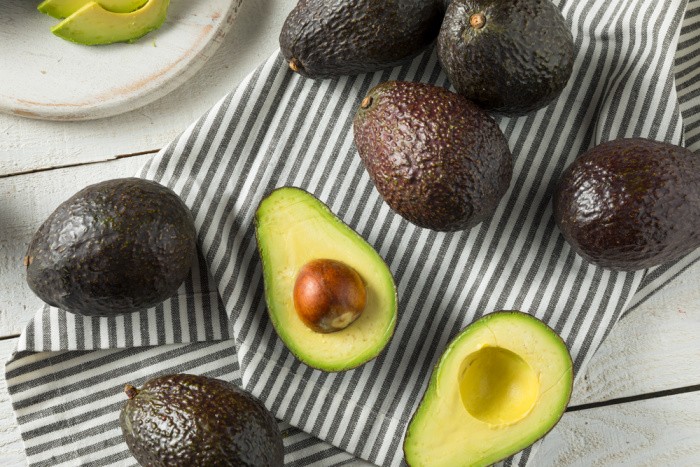
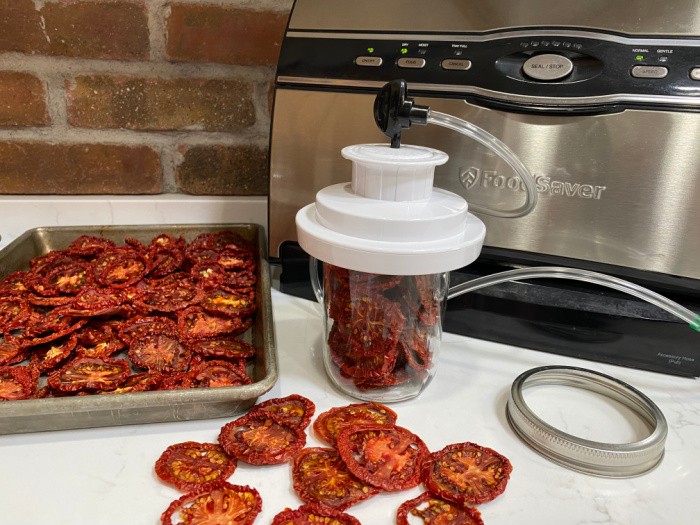
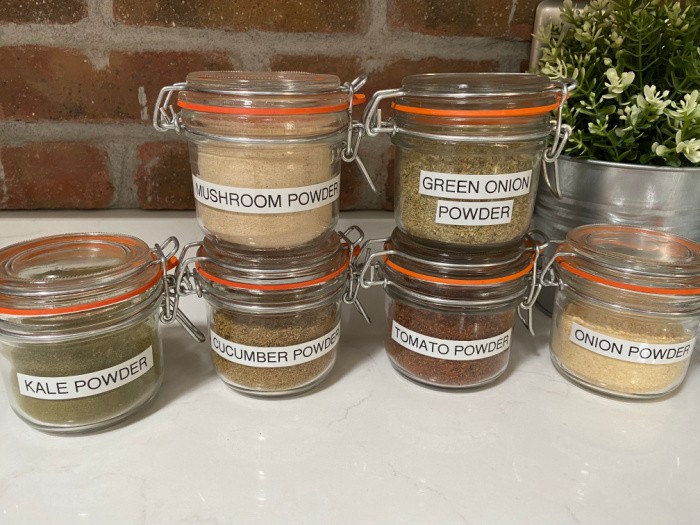
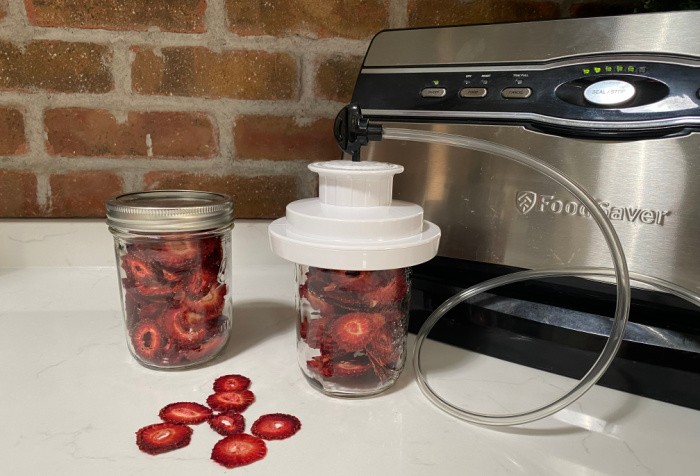
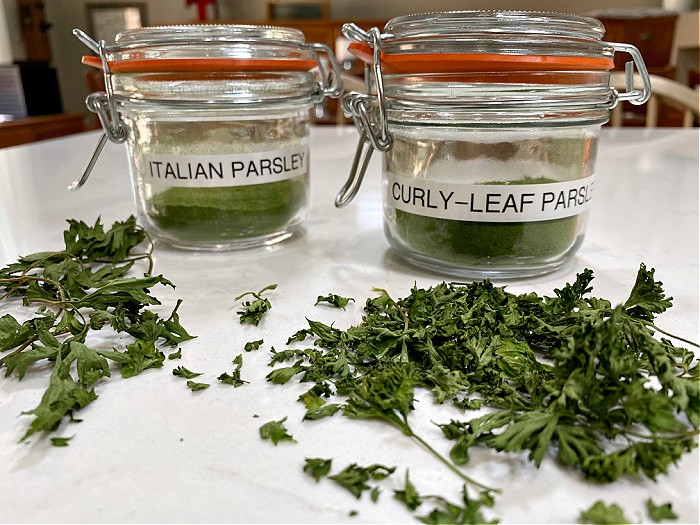



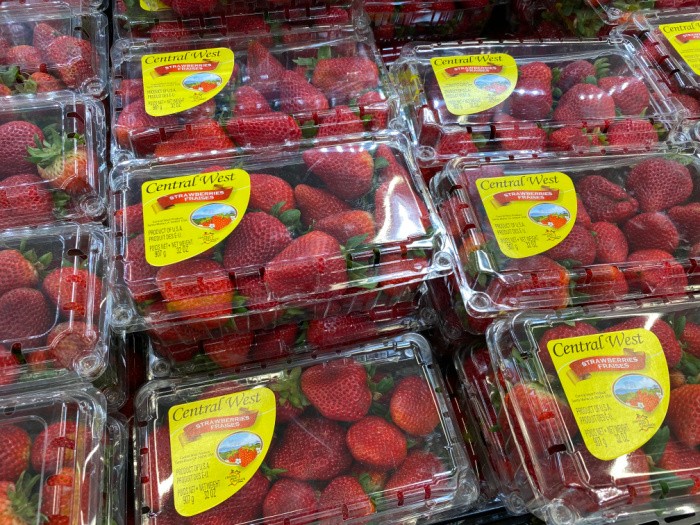
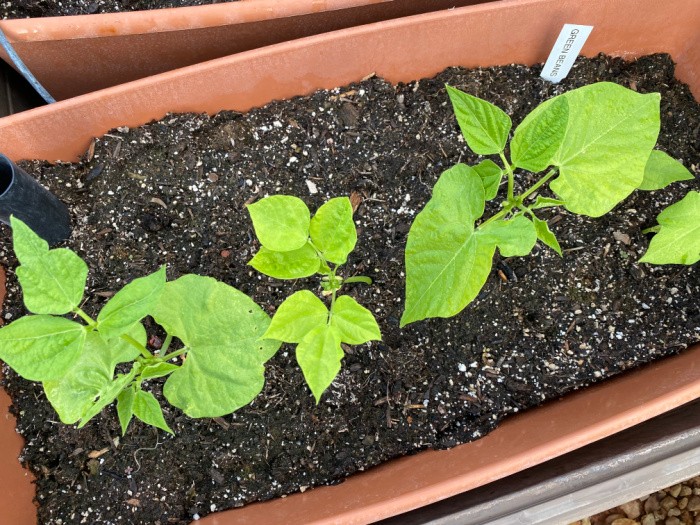
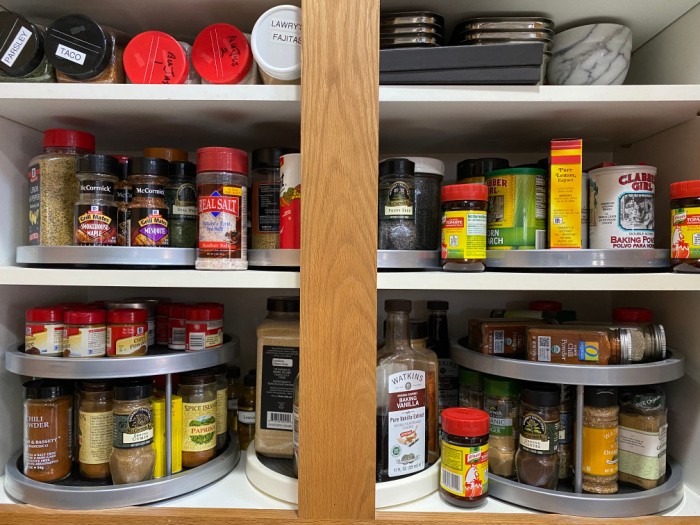
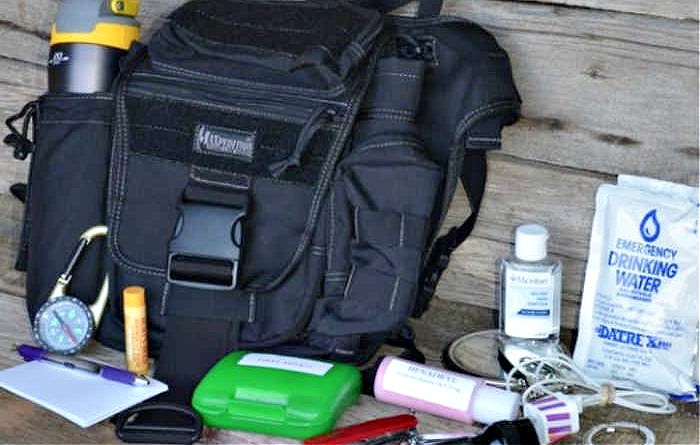
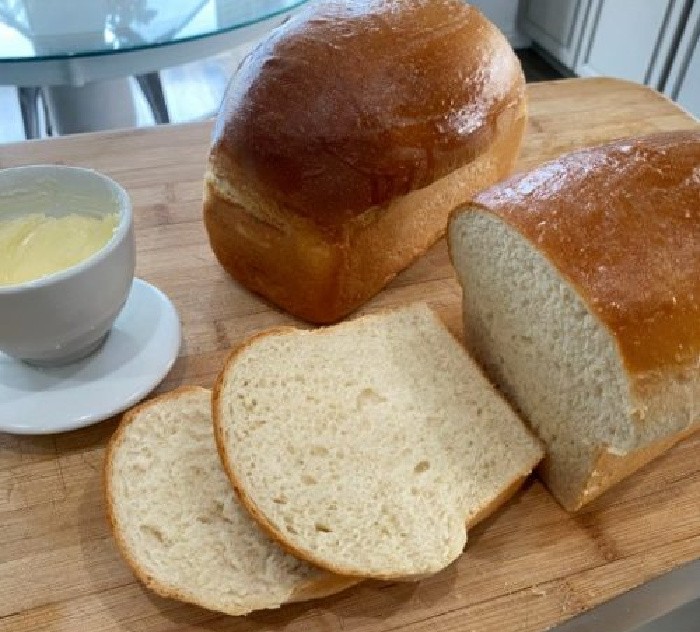
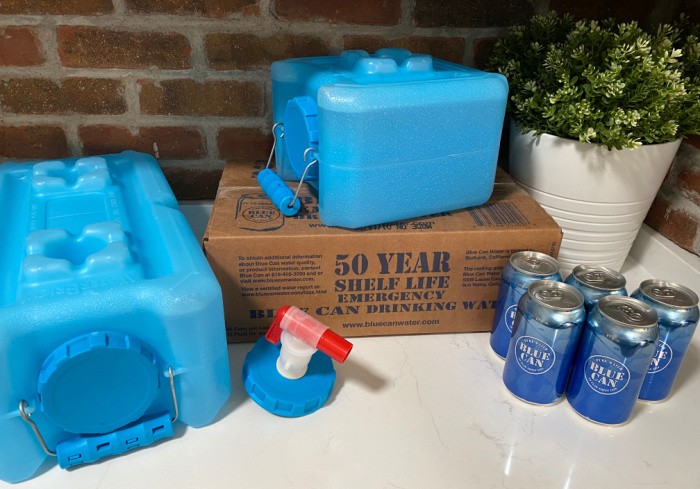
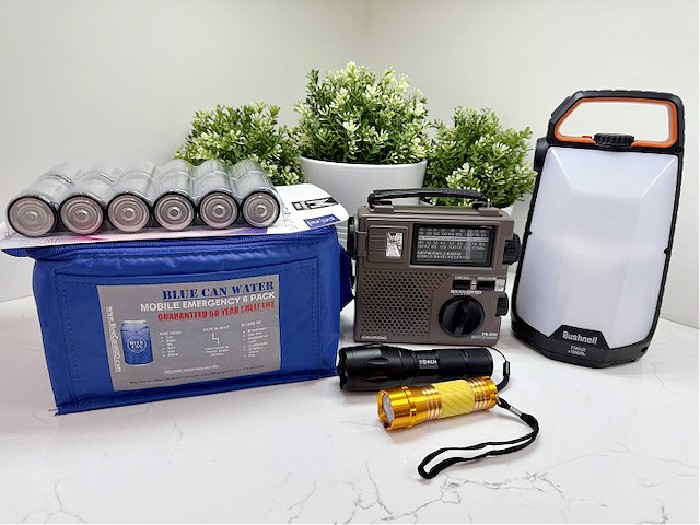
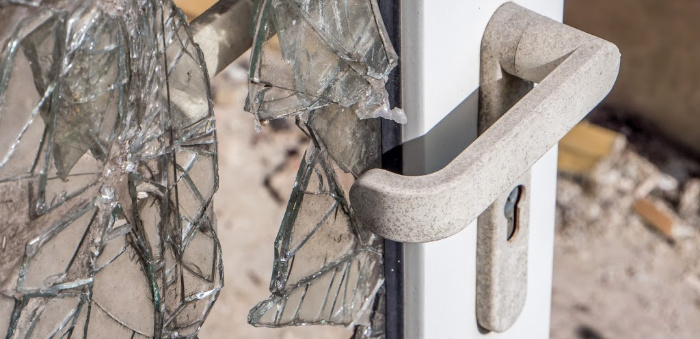


You mentioned that you can dehydrate the watermelon in the oven, but didn’t say how. My kids love watermelon, but we don’t have a dehydrating machine, so I would love to know how to use the oven to do the dehydrating. Thanks!
Hi Rennie, I am so glad you asked. i just added the information to my post! ***Please note if you do not have a dehydrator you can use your oven. Set your oven at the lowest possible setting. Leave the door open. You need air to circulate around the food you are drying. You will need to watch the food closely because it is a little more tricky for the dehydrating time. Place the your food on a nonstick tray. My electricity is so expensive where I live it is cheaper for me to use a dehydrator. Thanks for asking the question! Linda
I have dried apples in the oven, but never any other fruits. The apples are easy. I wrote about it on my blog Home Ec @ Home a couple of years ago.
Here is a link to apple chips: https://www.homeecathome.com/2/post/2012/05/apple-chips.html
Love Food Storage Moms. I’m a regular reader.
Faith
Hi Faith, they look fabulous! I was happy to ready you dehydrated them in your oven! Love it! I was already following you! Thanks Linda
Can you dehydrate in a gas oven using only the pilot light? It seems so wasteful burning all the time for nothing.
Hi Sandra, I think it is a waste of fuel myself to dehydrate food in MY oven. Our electricity is so expensive where I live. I only have an electric stove. I have always had a gas stove. I think you would want air flowing through your oven. I wonder if you just took your cookie racks that we all cool our cookies or cakes on…and let them air dry. I know a lot of people dehydrate food outside with screens. The pilot light scares me a little. Is there a smell/fume it would put in the food because it would take days to dry. Not sure??? I know dehydrating needs air to dry the food…I wish I could answer that question. Thanks for stopping by! Linda
Do not dehydrate over 115 — you want the watermelon to still be a living food. Temps over 115 kill the food.
Terry, really? I did not know that. Do you think the Excalibur Dehydrating Book shows higher temps for a reason? Linda
Linda, I’ve been raw vegan for many years, so am sensitive to the temps food is prepared at. The basic idea is that cooking destroys not only many of the vitamins in food but also enzymes that are important to our health.
Food that reaches 115F-118F is no longer considered raw because at temperatures above that, the food’s nutrition is diminished.
Because of this, dehydrating temperatures for food that still qualify as raw once dried are typically between 105F/41C and 115F/46C. That is significantly lower than the 135F/57C to 150F/66C usually recommended for drying fruits and vegetables. What this means is that if you want to dry foods but still keep their raw status, you’ll need to allow for up to 1/3 longer drying time than the usual dehydration recipe will specify.
I actually have two Excalibur dehydrators … love them! 🙂
Terry, I LOVE this!!!! I will have to do posts that show the Excalibur temperature but I am thinking the true raw vegans would know this…right? Would you be interested in doing a post about this for my website? Or do you have a website I could link to? Let me know. It would have to be original content from you with your pictures so I could pin them with your watermark is great. Let me know if you would be interested. Thanks so much! Linda
You mentioned everything accept how you store your dehydrated watermelon. I have read so many different articles, I am wondering who is correct. Some say store up to 2-4 weeks and after that its implied that it no longer good, others have said years – I could just as easily freeze the watermelon for longer storage. Does thickness affect storage? If I place the watermelon in air tight containers and store in an area that remains below 60 degrees how long should it last? Thank you in advance for any help.
Hi, William, I store my dehydrated watermelon for 2 weeks at the most. Thickness effects how long it will take to dehydrate. I have frozen watermelon for smoothies. I received my Master Canning & Preserving Certificate and what you may read on the internet please be cautious with the information. Please check your USDA canning and preserving guidelines. They change often. Please be safe, when in doubt throw it out. Linda
I’ve got some to freeze dry. Just haven’t got to it yet
Hi Matt, oh my gosh, let me know how it turns out! AWESOME! Linda
Good article Linda. I have an Excalibur myself. Love it and so easy to clean. I read some where that dehydrating foods only last a year. Some of mine I had to toss that were over a year old. Anyone else had this problem? I keep mine in mason jars also and make sure they are very dry before addding to jars.
Hi Judy, that is true, they are only good for a year. When I took my Master Canning and Preserving class they mentioned both home-canned, pressure-canned, and home dehydrated food is good for a year. Yes, I have eaten canned peaches that were probably 3 years old, but the idea behind preserving our own food is to plant the seeds, grow the food, then harvest it, and preserve it for a year. Then start the cycle again. I love dehydrating food! Linda
I have to disagree about pressure canned food being good for only one year. I keep my pressure canned foods in a cold dark place and have eaten foods several years old. I always check for unsealed jars, odor and looking at the food for spoilage. I have never had any problems and as usual always boil food 10 mins. before eating.
Hi Judy, I’m just telling you what I learned from my class. I have eaten food that is older than a year. Linda
Yes I understand. I was talking about what they taught you. It is good to have good discussions.
Nice!
Step 9 : use the rind to make watermelon pickle!
Hi Diana, oh my gosh, I forgot about watermelon rind pickles!! I haven’t made those in years! They are so good!! Linda
Love love love watermelon!! I have never dehydrated it though! I am currently out of dehydrators! When my daughter and her family moved, they took mine with them. So, until I am able to move to be close to them, I will need to rely on my oven.
As to the argument about dehydrated foods only lasting a year – I have some dehydrated sliced potatoes that are going on 4+ years. I have not seen any issues with them and use them periodically in scalloped or au gratin potato dishes. I think that dehydrated foods are like canned foods – in that we, as home preservers, need to use common sense and judgement when handling the raw product, the processing of the food, etc., and of course, checking our preserved food prior to eating. I sometimes think that the guidelines given in canning and dehydrating books and blogs (no offense, Linda) are given because of the worst-case scenarios. That all being said, I also like what you said, Linda, about plant the seeds, grow, harvest, preserve for the year and start over again.
My mother never dehydrated that I recall but she was a canning wizard! And taught all of her daughters the same. I have 3 sisters and of the 4 of us, only 2 can or preserve our own foods. I am the only one who dehydrates (IF I can get my dehydrator back from my daughter!!!). I know that some of the things my mother did when we were canning are no no’s in the books! But they worked at the time and I never knew the difference back then. Now that I am older, I tend toward safety based on the current guidelines but definitely do some things as mom taught me.
Basically – BE SAFE with your home preserving. Nothing worse than going to all that work and losing it all to mold or other debilitating bacteria.
HI, Leanne, yes I have eaten peaches that were four yers old. I just write what I leaned in my Master Canning and Preserving classes.Our food has changed over the years to hybrid and genetically modified, hence we have to add citric acid, lemon juice to some canning items. I’m not a rebel canner and either are you, we use commonsense, at least that’s my take. I do get nervous when some bloggers and authors do not know the safety of canning and share it with others. My other never dehydrated anything, we water bathed and pressure cooked everything we could get our hands on. I have 4 daughters who were raised to garden, harvest and preserve, not one of them has bottled a jar of anything after they married. Such is life, Linda
Linda – I despaired of my daughter ever doing any canning or dehydrating!! Now she keeps my dehydrator and she cans up a storm. Might be because she now feeds a family of 7!! Yep, she has 5 kiddos now. Of course, the youngest is only 4 months old but …
You should see the garden she and my SIL have put in. They have also planted a small orchard – I don’t know what all they planted but I do know they planted berries (blueberries, gooseberries and raspberries as well as a ton of strawberries). I think they planted apple, peach and pear trees but not positive. I’ll see in a couple of weeks as I am driving to Wyoming to visit, look around and see if I can find a place to rent and move there. Winters are way more brutal than I am used to but I figure if I have a warm house and soup or stew and tea – I can handle it!!
Hi Leanne, fingers crossed you can find a place to rent there! Then you can see those precious kiddos more often!! I love hearing your daughter and SIL have made a new life on a mini farm! Life is so good when you see your kids so self-reliant! Proud mama, I’m sure! Love this!!!!!! Linda. P.S. I can’t stop smiling just reading about all that they have done on their property.
Linda:
I never knew you could dehydrate watermelon. I know you can dehydrate a lot of other fruits but never watermelon. I love it when the juice runs down the side of my mouth.
Hi Jackie, thank you for the 5 stars, my. sweet friend. You can cut them like French fries and dehydrate them! They are so fun to eat! Linda